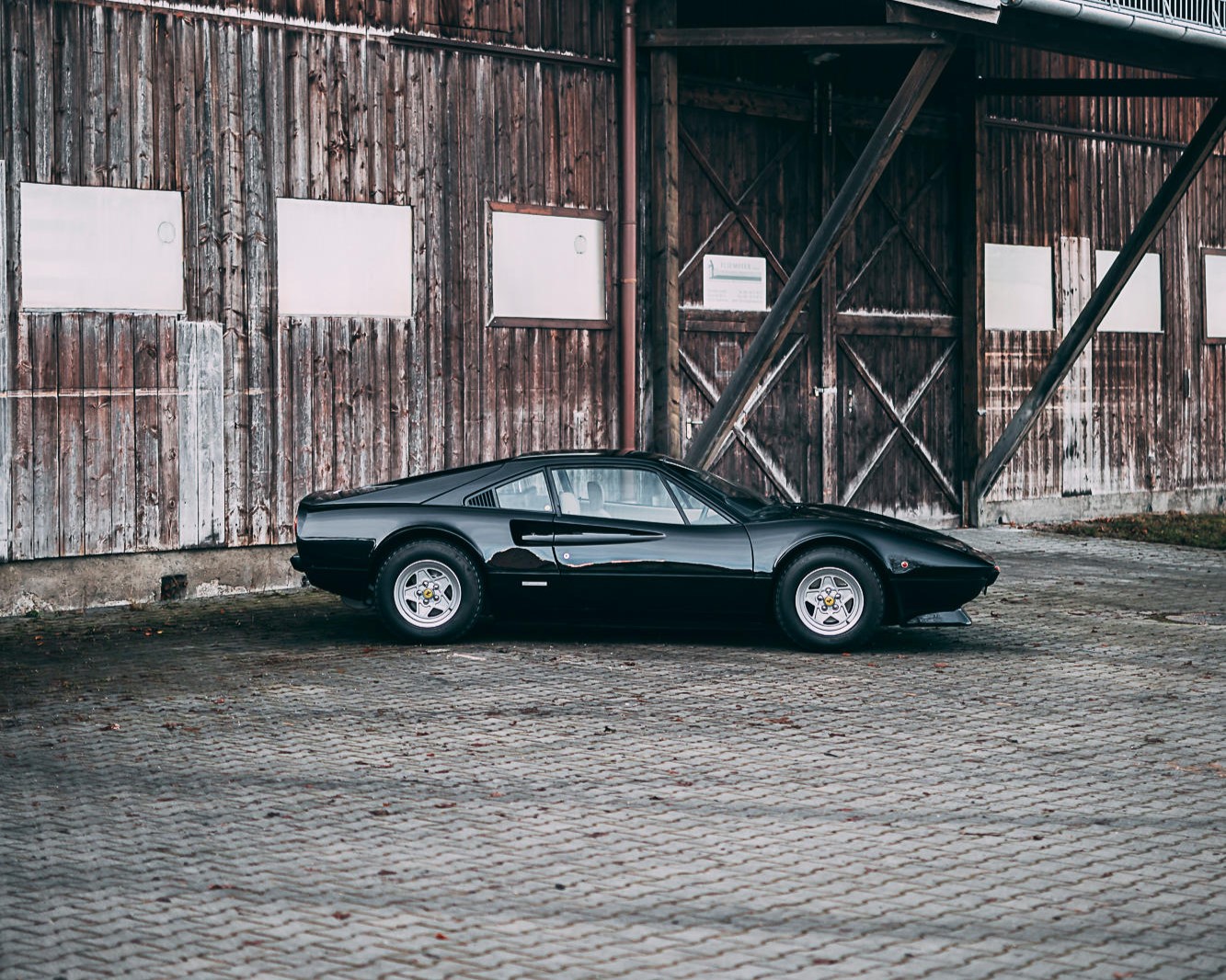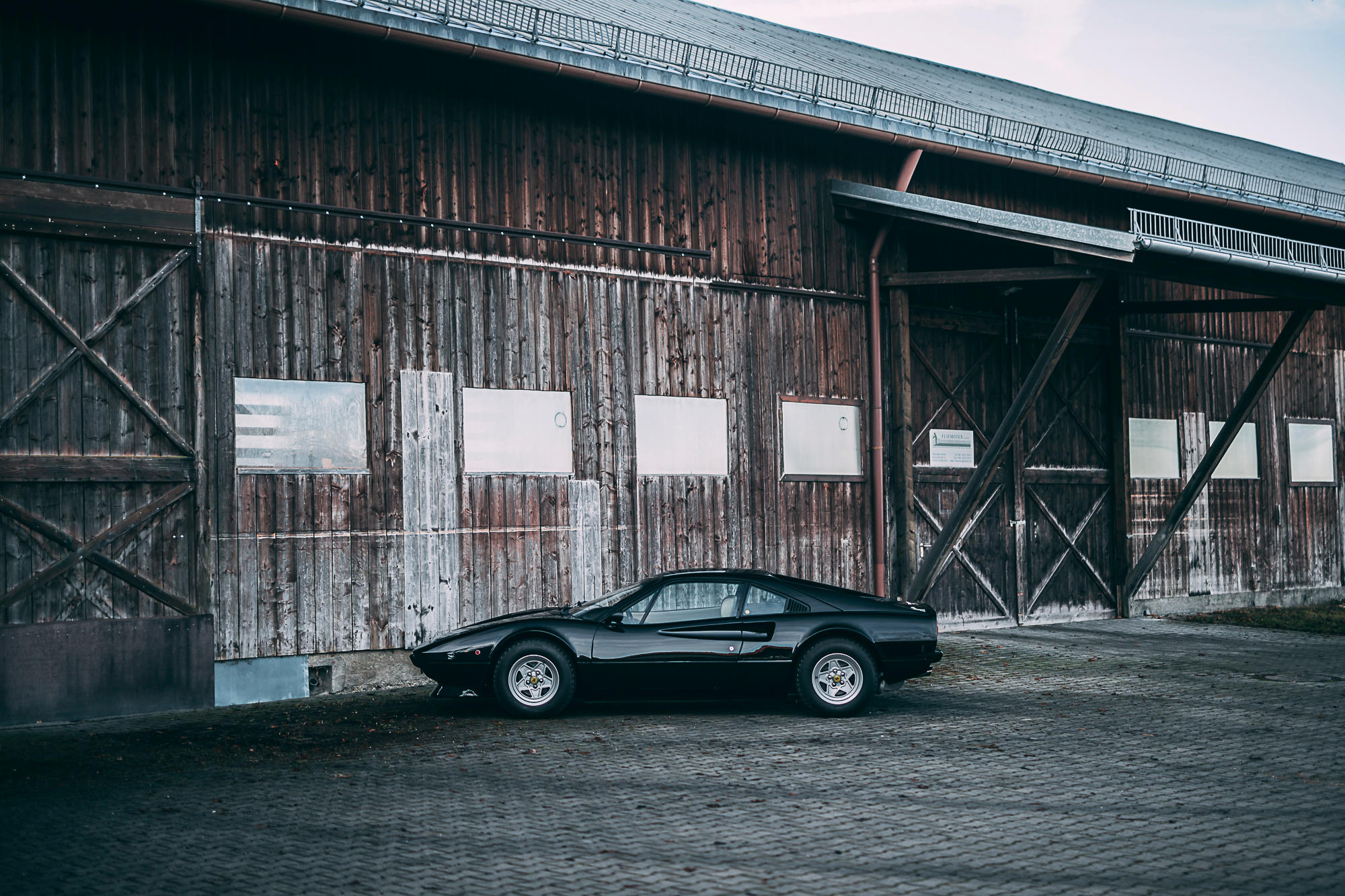Unveiled at the 1975 Paris Salon, the Ferrari 308 GTB marked a milestone for the renowned Italian automaker as its inaugural production car with a glassfibre – ‘vetroresina’ body. Not only did this model pioneer a novel production technique for Scaglietti and Ferrari, but it also stood as the second V8-engined road-going vehicle in the prestigious marque’s history.
Retaining the underpinnings and four-cam, 3.0-liter V8 engine of its predecessor, the 308 GTB borrowed mechanically from the 308 GT4, delivering 255bhp that propelled the car to a top speed of 240km/h.
Despite the 308 series enjoying a prolonged and successful production span in its various iterations, the use of the composite body was phased out after a limited production run of just 808 cars. Today, the vetroresina models are highly coveted as the most desirable version of the iconic 308.
Their distinctive feature includes a substantial weight reduction of approximately 80kg, allowing these early examples to fully exploit the dynamic chassis and engine characteristics of the model. Additionally, European-spec vetroresina models benefited from the sought-after dry sump lubrication system for their V8 engines.









